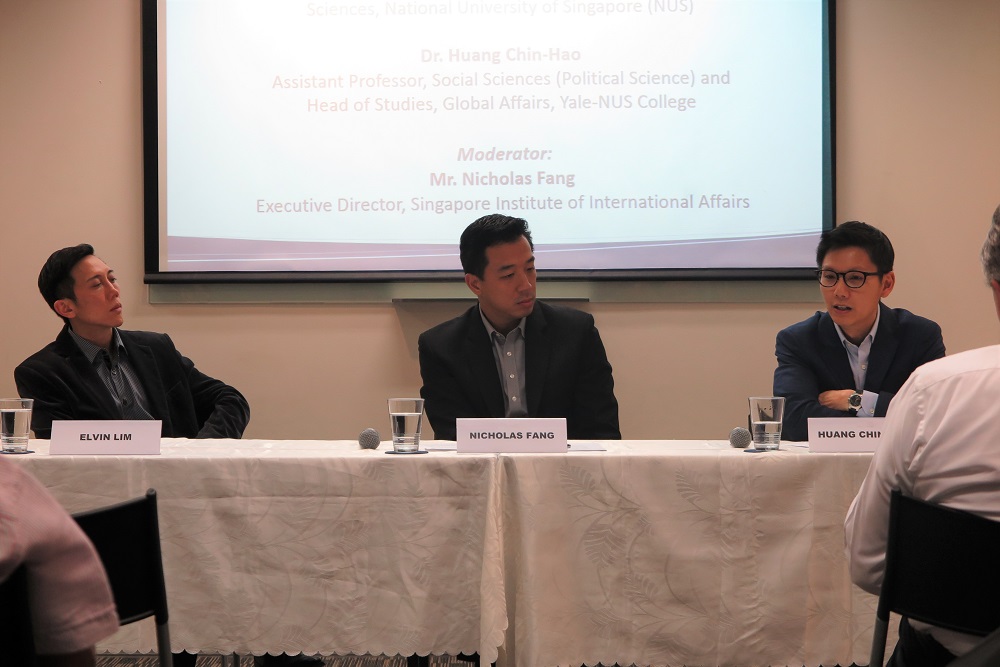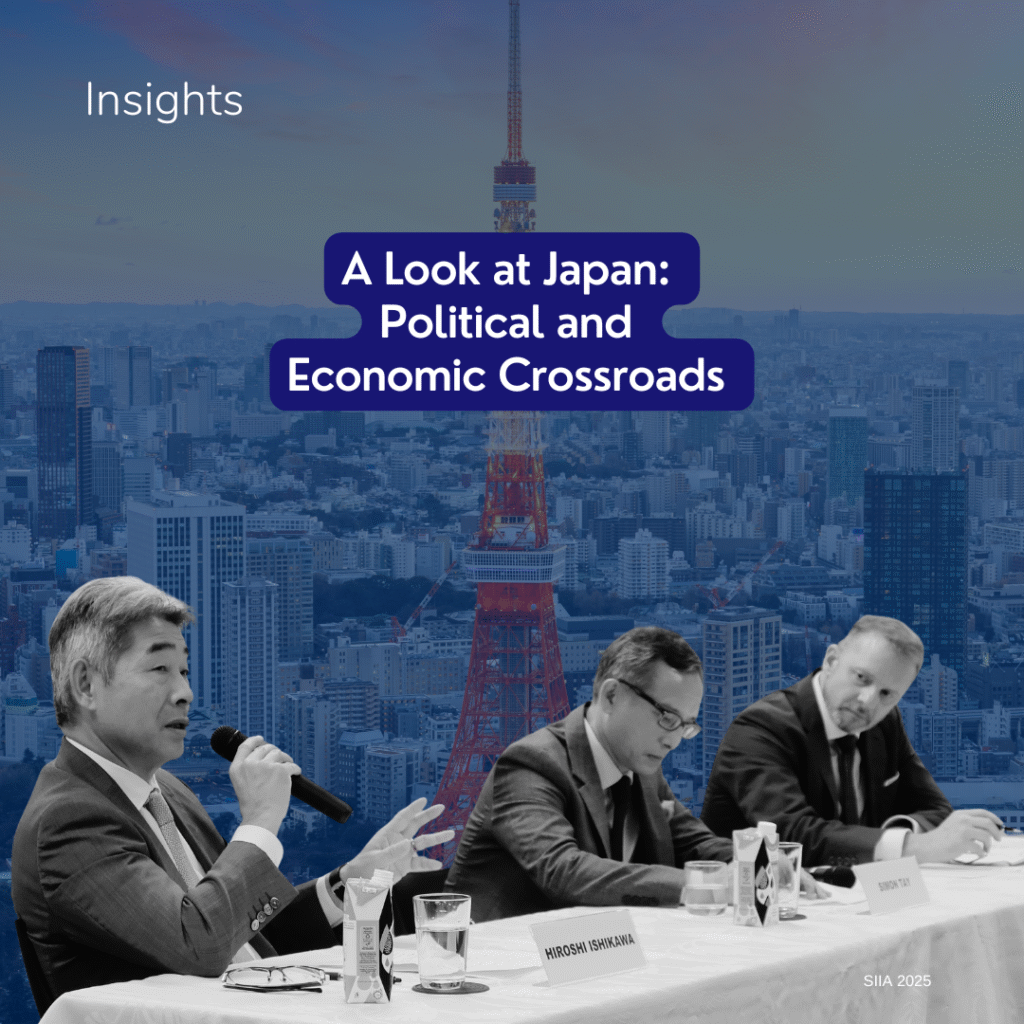US President Donald Trump says last month’s tour of Asia was a success. Was it? We held a talk last evening, on Friday 8 December, with Dr. Elvin Lim, Associate Professor of Political Science, National University of Singapore and Dr. Huang Chin-Hao, Assistant Professor, Head of Studies for Global Affairs, Yale-NUS College. The session was moderated by Mr. Nicholas Fang, Executive Director, SIIA. Here’s a look at what came up during the discussion.
More photos are available on Facebook.
A Success From Trump’s Point of View
From the Trump administration’s point of view, the Asian trip was definitely a success. Mr Trump’s visit to Asia was a distraction from the investigation into Russian involvement in last year’s Presidential election. The Trump administration has had challenges passing legislation, but foreign affairs is an arena where the White House can claim victory without being foiled by Congress. During his trip, Mr. Trump also reiterated much of his “America First” message, which was more for his domestic audience than other leaders.
This may include statements on North Korea. Mr. Trump was actually diplomatic and sensitive in his language when addressing South Korea’s parliament. His remarks only turned provocative towards North Korea when he left Seoul. It is difficult to analyse the decision-making processes of the Trump administration and North Korea, but arguably both sides are using rhetoric and tough language to score points with their domestic audience.
A Success on Trade – But Short-Term Only
Aside from North Korea, trade was the primary objective of Mr. Trump’s tour. While in Beijing, Mr. Trump announced some US$250 billion in trade deals with China. This is significant, but for now it is a short-term success. It is not yet clear that the deals will create or sustain many jobs in the US, and there is no guarantee China will continue making such generous offers in the future.
If the Trump administration wishes to address its trade imbalance with Asia, it will need deeper negotiation, particularly to open up sectors that have traditionally been wary about competition, such as Japan’s agricultural sector. The TPP would have helped the US gain that market access, but the Trump administration has yet to provide a conclusive alternative path.
Mr. Trump was quick to reiterate his opposition to the TPP and multilateral trade deals during his visit. For the past century, American Presidents have generally expressed multilateral visions for the world. But Mr. Trump does not believe in grand strategy or liberal internationalism. He sees himself as a dealmaker, making bilateral deals on a country-by-country basis.
An Indo-Pacific Region?
Mr. Trump did use the phrase “Indo-Pacific” repeatedly, echoing its earlier use by US Secretary of State Rex Tillerson. This was presumably a way of demonstrating that the US still has some regional strategy towards Asia. The term, which was coined by the Japanese diplomatic community in the past decade, envisages an arc of democracy across the region that includes the US, Japan, India, and Australia.
The “Indo-Pacific” is a vision of Asia that is less Sino-centric, and explicitly includes India. However, there is a danger that the term sounds like containment of China, or confrontation against it, which is not a message that South-east Asian countries are keen on. Today, China is more active than the US in building bridges with other countries and creating new multilateral institutions, such as the Belt and Road Initiative and the Asian Infrastructure Investment Bank.










